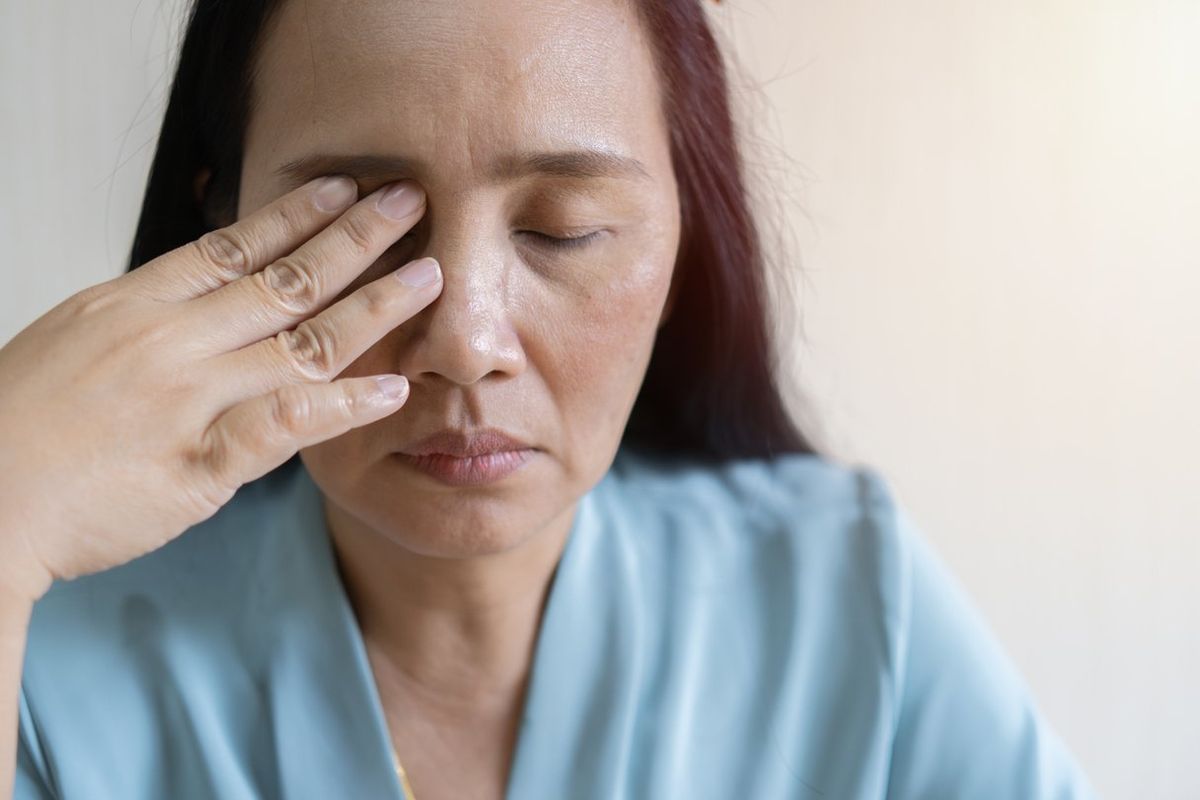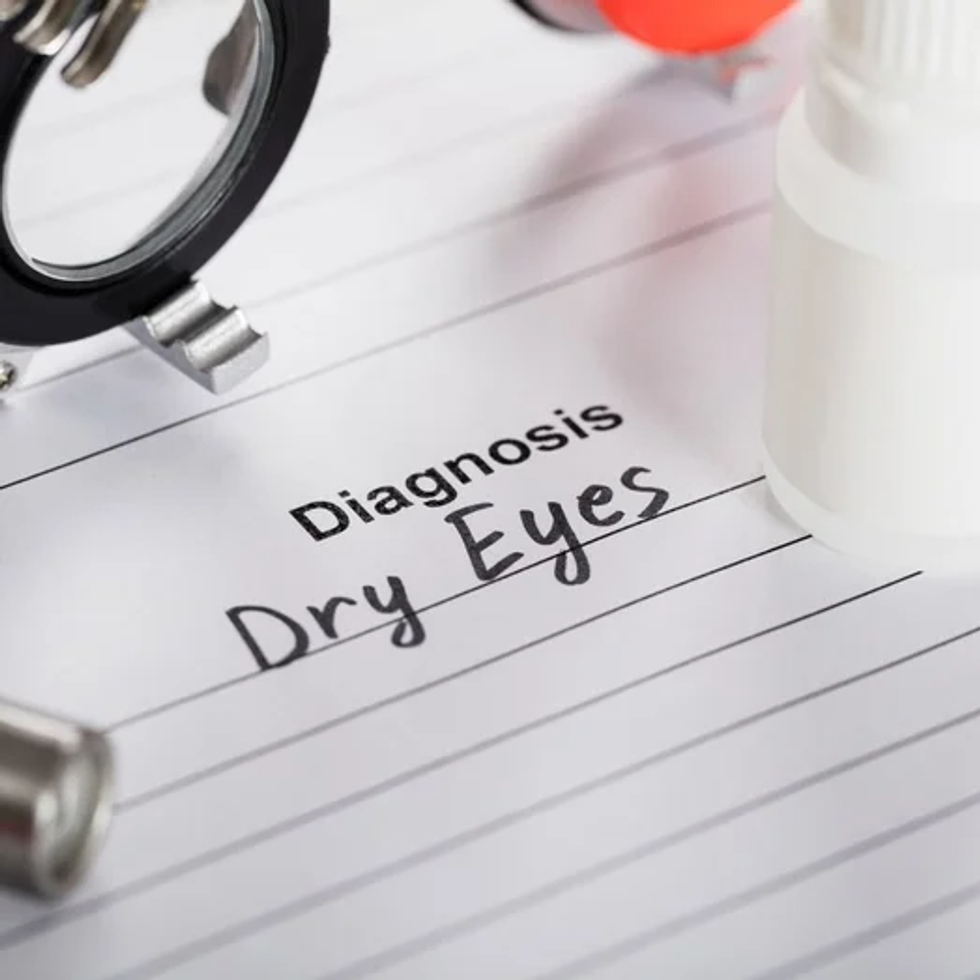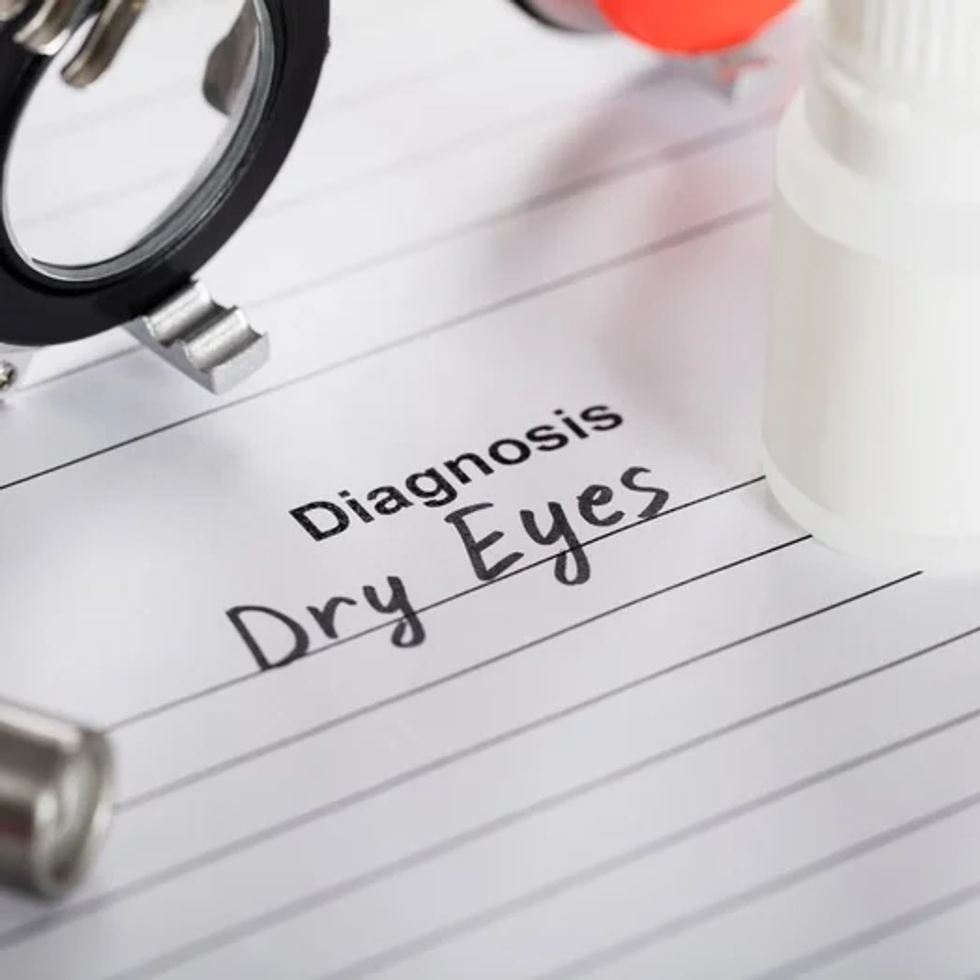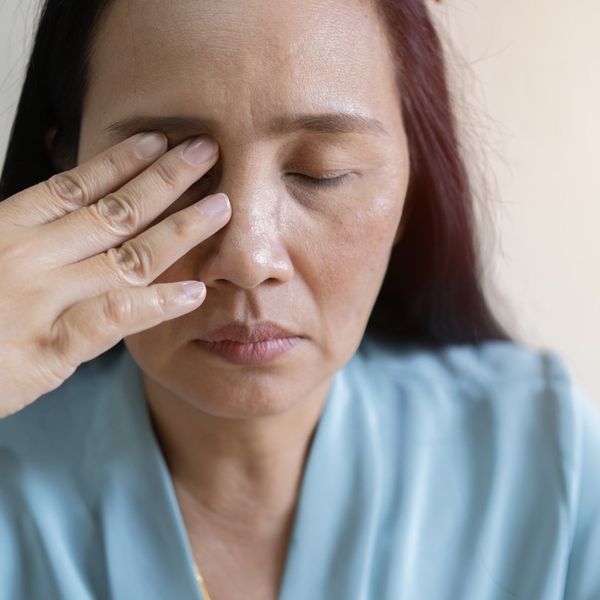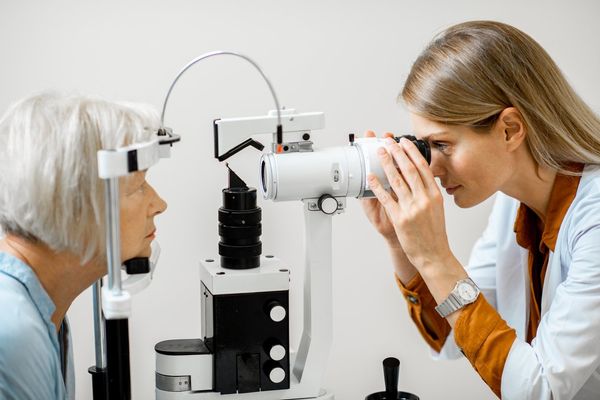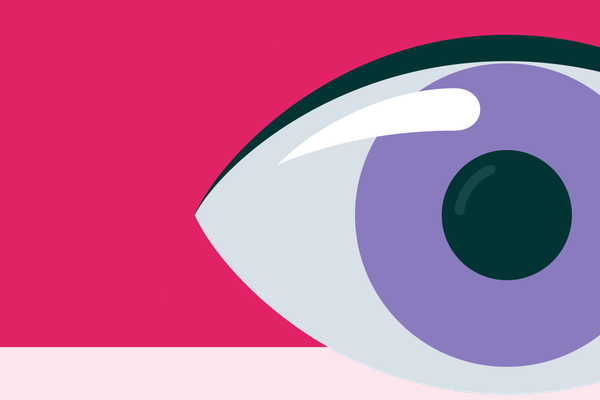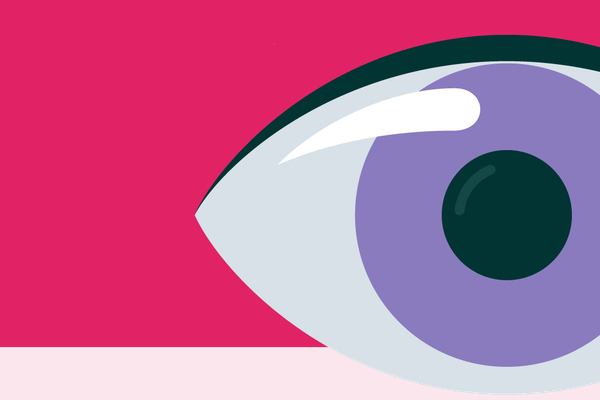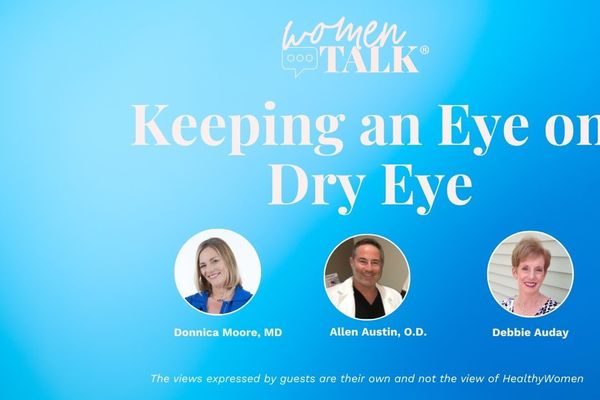If you’ve ever felt that gritty, irritating feeling in your eyes when they’re dry, you know how bothersome it can be.
Dry eyes can happen to anyone, but more than 16 million people in the United States have been diagnosed with dry eye disease, a chronic medical condition that can range from a mild annoyance to negatively affecting your quality of life — and even more go undiagnosed.
People with dry eye disease can experience a range of symptoms including eye pain, discomfort, watery eyes, light sensitivity, blurry vision and more.
Unfortunately, if it’s not treated, dry eye disease can get worse over time and possibly cause disabling symptoms that can have an impact on your day-to-day life.
Learn more about what causes dry eye disease and the treatment options that are available.
What happens to your eyes when you have dry eye disease?
When working correctly, glands near your eye produce tears. These tears spread over your eye and act as a protective barrier layer, providing moisture, clearing away any particles that could cause infection or irritation, and keeping your tears from evaporating. This is called the tear film and is made up of three layers: an inner mucus layer, a middle watery layer and an outside oily layer. These tears also carry more than 2,000 proteins and nutrients, which help the eye continuously repair itself from things like injuries, infections and inflammation.
If one or more of these layers in the tear film isn’t working correctly, it can lead to dry eye disease.
There are two types of dry eye disease: evaporative and aqueous-deficient. Evaporative dry eye disease means tears aren’t staying on the eye’s surface long enough and dry out quickly. In aqueous-deficient dry eye disease, your body isn’t making enough tears to keep your eyes moist. Many people will have a combination of these two types.Who is at risk for dry eye disease?
People with health conditions like diabetes, thyroid issues, rheumatoid arthritis and other autoimmune diseases are at higher risk for dry eye disease.
Dry eye disease is also more common in people over age 50, though in the last several years, dry eye has become more common in younger populations. People assigned female at birth (AFAB) are also more likely than men to have the condition. And menopause increases your risk because of hormone changes.Did you know?
Race and ethnicity may also play a part in the diagnosis and treatment of dry eye disease. Research shows that dry eye disease is more common in people of Asian descent. And in one study, people who were Black, Asian and Hispanic experienced more severe signs of dry eye disease, had less access to healthcare, and were less likely to receive treatments compared to people who were white.
Environmental factors such as exposure to pollutants, chemical fumes and cigarette smoke can lead to a higher risk of dry eye disease, especially for those who work outside. In one study, participants who had outdoor jobs were included in the groups that had the highest rates of dry eye disease. Dry eye was also found in 6 out of 10 participants who used tobacco smoke.
Other risk factors for dry eye disease include:
- Wearing contact lenses
- Medications like diuretics (water pills), cold and allergy medicine, and some antidepressants
- Certain medical conditions like rheumatoid arthritis, diabetes, lupus and Sjögren’s syndrome
- Having had LASIK or cataract eye surgery
- Staring or focusing for long periods of time without blinking
- Excessive screen use
- Living in dry, windy climates
What are the symptoms of dry eye disease?
If you have dry eye disease, you might notice a wide range of symptoms that may include:
- Feeling like you have something in your eye
- A gritty or scratchy feeling
- Redness, stinging or burning
- Light sensitivity
- Changes in your vision
- Blurry vision (especially while reading)
- General eye pain or pain when wearing contacts
- Watery eyes
- Stringy mucus in or near your eye
- Fatigue
What dry eye treatments are available?
For years, the go-to therapy for dry eye disease has been artificial tears, which are meant to protect and lubricate the eye and provide relief from symptoms. Although artificial tears can be of some help for some people, other types of treatments are also available now. These include non-prescription and prescription options that can treat dry eyes in a variety of ways such as moisturizing eyes, boosting tear production or decreasing inflammation.
When it comes to supplements/vitamins for dry eye disease, research is ongoing. But certain vitamins and supplements might help ease the symptoms of dry eyes. Eating omega-3-rich foods like sardines, salmon and tuna may help glands produce more tears. One study found that taking vitamin D supplements may improve eye health and may increase how effective some eye drops are. And another study found that taking vitamin A might help improve the tear film and lubricate your eyes.
Symptoms of dry eye disease can be different for everybody and can even change for each person. This can make it hard to get a diagnosis without seeing an eye specialist like an ophthalmologist or an optometrist who can use advanced tools to take a close look at your eyes. The inconsistency of symptoms, lack of clear standards for diagnosis and the fact that there is no one-size-fits-all treatment can make dry eye disease difficult to treat.
If you have mild symptoms, dry eye disease can be a nuisance. But if you have a more moderate to severe case, it can make life difficult and have an impact on your day-to-day, financial and mental well-being.
What works for one person with dry eye disease may not work for another. Talk to your eye care professional about your symptoms — and keep trying to get help if a treatment isn’t working.
Additional Resources
Español
- Sjögren's Hub - HealthyWomen ›
- Eye Conditions & Disorders - HealthyWomen ›
- FAQs About Dry Eye Disease ›
- Chronic Dry Eye ›
- Facts About Dry Eye Disease - HealthyWomen ›
- Información relacionada con el trastorno de ojo seco - HealthyWomen ›
- How Dry Eye Can Affect Your Life - HealthyWomen ›
- En qué forma el ojo seco afecta tu vida - HealthyWomen ›
- WomenTalk: Keeping an Eye on Dry Eye - HealthyWomen ›
- Facts About Autoimmune Disease and Dry Eye Disease - HealthyWomen ›

